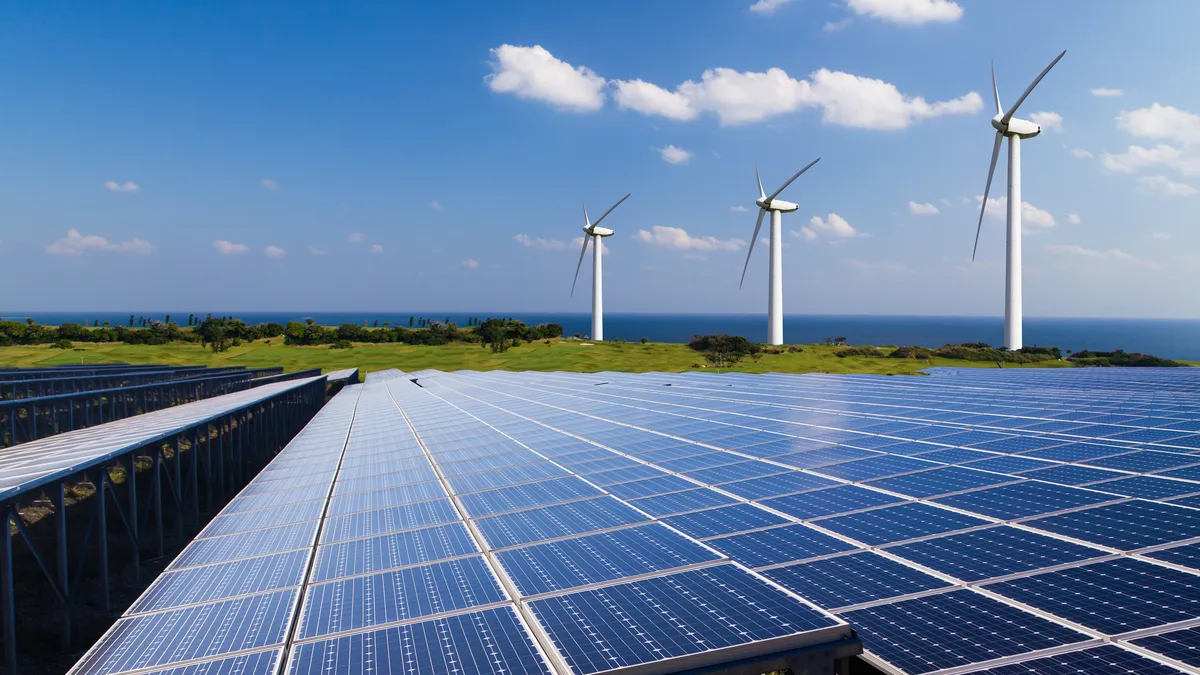A substantial national effort is underway to ensure that the clean energy transition is equitable across racial groups and income levels, but new analysis from the Clean Energy States Alliance warns that states must be deliberate in reaching out to traditionally underserved communities.
“It's very important to make sure that there's deliberate intention behind engagement,” CESA Research Fellow Charles Hua said in a Monday webinar discussing the report he authored. The research reviewed a dozen state clean energy plans and their equity and environmental justice efforts, then developed recommendations.
“Just because you have an open public meeting doesn't mean that it is intentionally targeting these communities that have been left out of the the planning processes,” Hua said. States need to “deliberately engage with communities and populations that are underrepresented, and understand why they have been underrepresented in the past.”
The growing focus on energy equity is a result of a recognition of the relationship between social and racial equity and environmental issues, in part fueled by the murder of George Floyd, Hua said. There is also a greater understanding “from a scientific and policy standpoint about the impacts of industrial pollution and other pollution on communities,” he said.
CESA’s research concludes states should place a central focus on equity in clean energy planning, propose policies and solutions that address economic burdens and health impacts in underrepresented communities, and develop new accountability frameworks to ensure equity efforts are making progress.
Experts say the societal and economic impacts of COVID-19 also helped draw attention to equity issues that have existed in the energy system for years.
At the federal level, President Biden’s Justice40 initiative calls for 40% of the benefits of certain investments to flow to disadvantaged communities that are underserved and overburdened by pollution.
“As fast as the transition is happening, we have to be deliberate in how it occurs,” Tony Reames, the deputy director for energy justice at the U.S. Department of Energy, said during the CESA webinar. “We know that disparities and disproportionate barriers exist in clean energy access and adoption across racial groups and across income groups.”
The percentage of census tracts with or without rooftop solar is different across racial groups, Reames noted. Almost half of majority-black communities have no solar installations, for instance, compared with 24%, 17% and 21% across Hispanic, Asian and white communities, he said.
“In addition to disparities and barriers in access to renewable energy technology, we're also suffering an energy insecurity crisis, whether it's the inability of households to pay their bills or being shut off for non-payment,” Reames said.
Electricity prices jumped 14.3% in 2022, according to Consumer Price Index data released in January.















